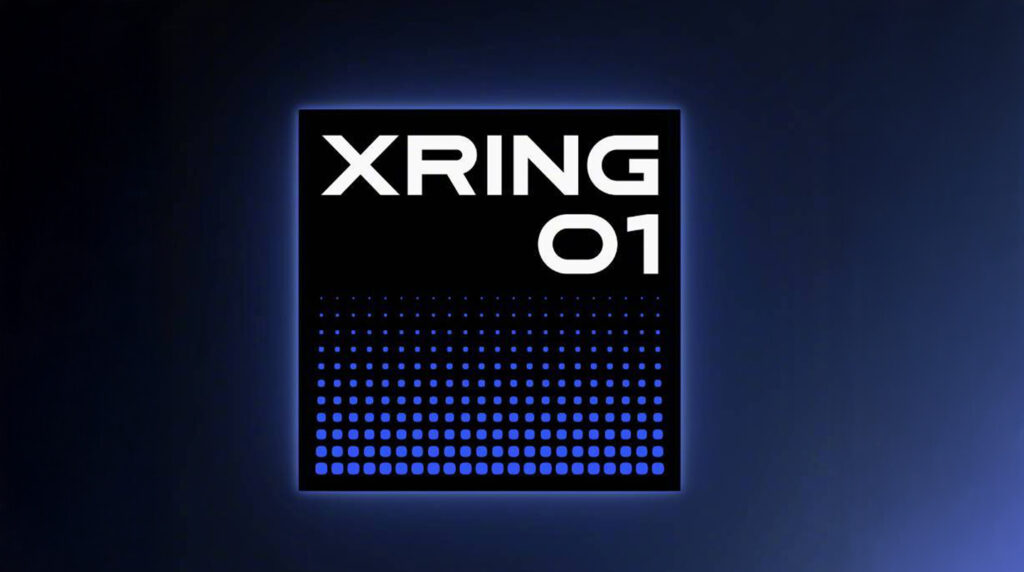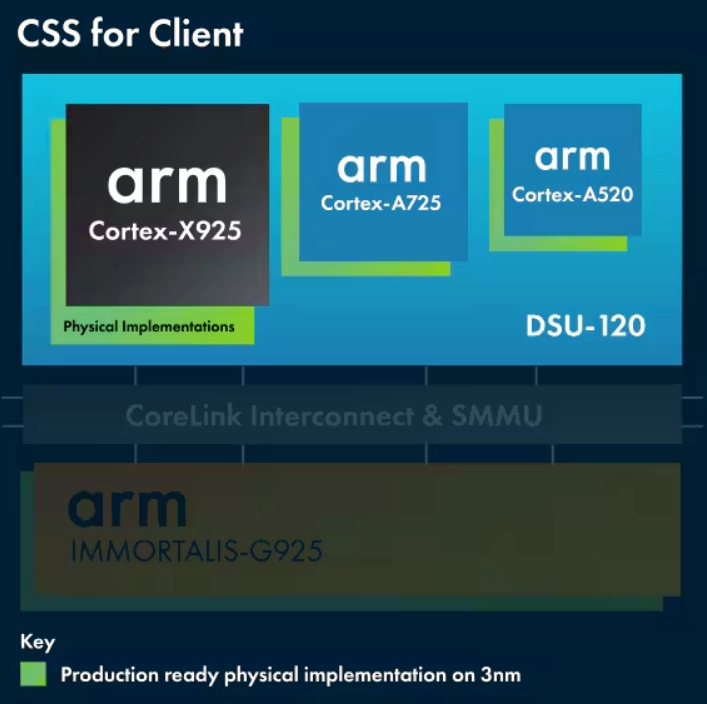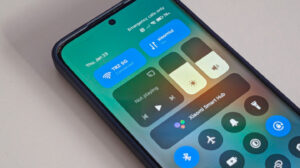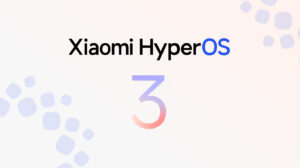Xiaomi’s innovative XRING O1 system-on-chip has attracted a lot of industry attention since its launch last week, after what has been a turning point for the company’s semiconductor journey. Latest explanations from ARM Technology authorities affirm that this revolutionary 3nm processor signifies Xiaomi’s total autonomy from ARM’s CSS for Client platform solutions. Xiaomi’s ambitious entrance into self-developed chip technology has been exemplified through the company’s new innovative.
ARM Technology has confirmed independent development.
ARM representatives have now confirmed in an official announcement that the Xiaomi’s XRING O1 processor does not rely on the ARM’s Compute Subsystem (CSS) for Client platform. This announcement dispelled widespread speculations regarding the chip’s development strategy and architectural basis.
Zhu Dan, Xiaomi Group Vice President and head of the company’s XRING division, highlighted the holistic nature of the chip development approach. The executive affirmed the company has acquired ARM IP soft core licenses, but all system-level design components are fully proprietary.
Proprietary Technologies in XRING O1
The XRING O1 uses many technologies developed by Xiaomi to differ from standard ARM solutions. These technologies reflect the company’s significant commitment to semiconductor R&D.
Advanced Power Management
- Self-developed edge power supply technology
- Ultra-low power design reducing CPU operating voltage to 0.46V
- Independent hardware-level microcontroller unit for CPU scheduling
Custom Design Elements
- Proprietary standard cell (StdCell) design
- Self-developed high-speed registers
- Integrated frequency modulation solutions
- Complete back-end design independence
Technical Details and Design
The XRING O1 leverages second-generation 3nm production process technology and a highly advanced ten-core quad-cluster CPU design. This design allows the performance scaling to be maximized across a range of computational loads while conserving energy.
The chip’s multi-core design at the system level and memory optimization are the culmination of years of independent R&D efforts made by Xiaomi’s design teams.
Industry Impact and Future Implications
This achievement puts Xiaomi in the rare company of entities with the ability to design completely standalone mobile processors. Success with the XRING O1 can impact the wider smartphone industry’s strategy for semiconductor development and supply chain diversification.
Interested users of Xiaomi’s latest updates can keep themselves updated via HyperOSUpdates.com or install the MemeOS Enhancer app on Play Store to enjoy special system features and updates.
Source: ITHome


 Emir Bardakçı
Emir Bardakçı



ههههه تخيل فقط تشتري هاتف مزود بهذه الشريحة من شاومي مع نظام هايبراس 2 المزود بالاخطاء الجهنمية ماذا يحدث تخيل معي فقط
hyperbug Update HyperOS China Xiaomi 15S Pro